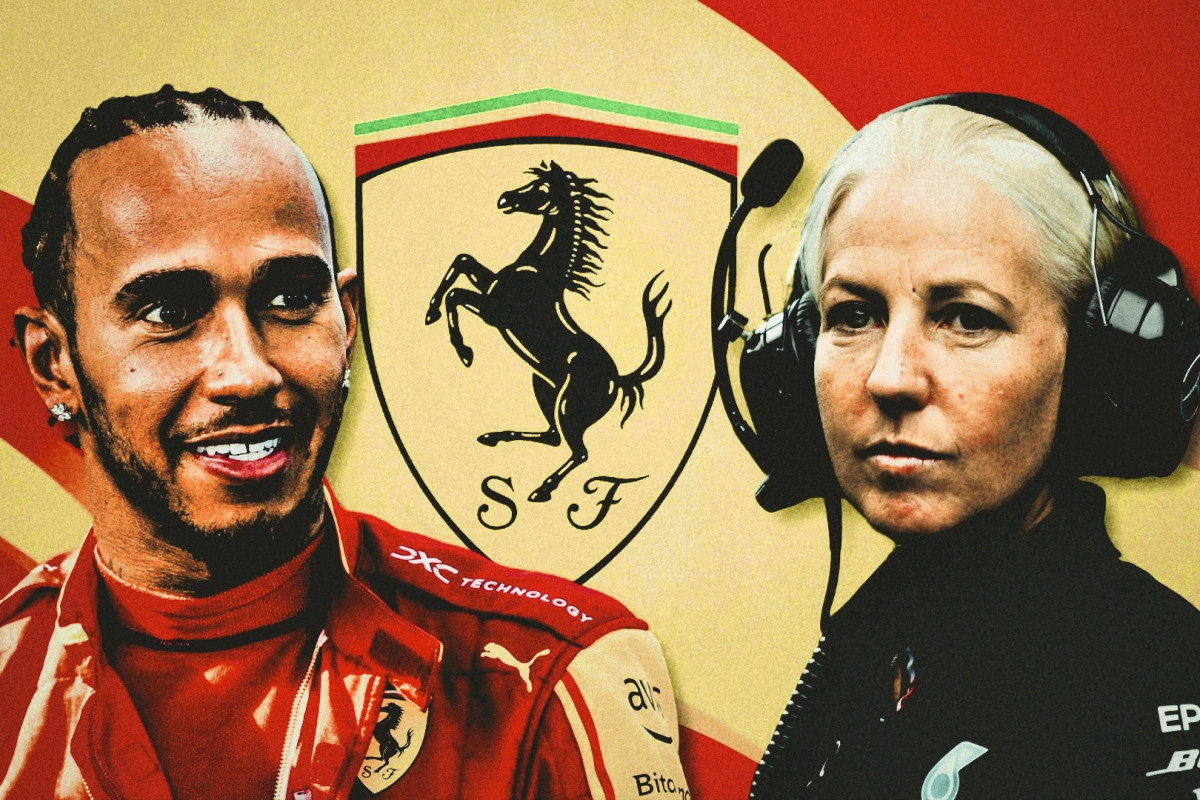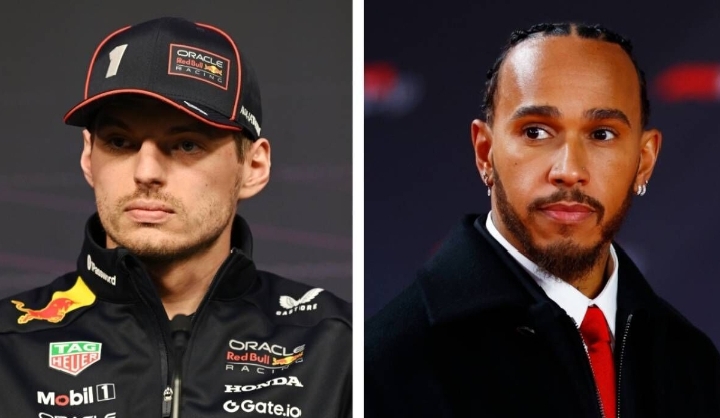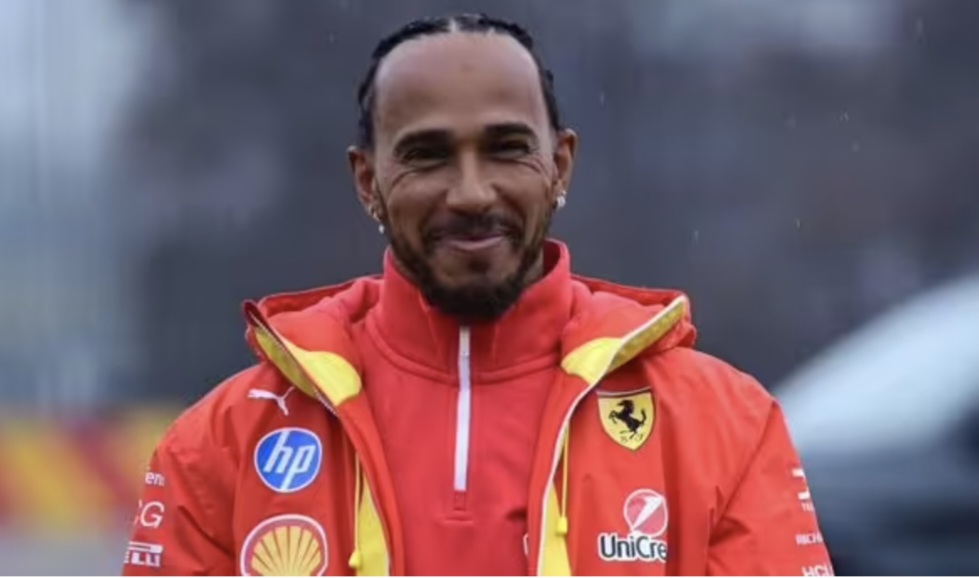McLaren star Oscar Piastri has become the latest victim of Formula 1’s ongoing track restrictions, with his lap time removed in Q3. Austrian GP qualification.
F1 track restrictions explained: What are they as FIA deliver Piastri punishment at Austrian GP
The Australian driver sank the bike a bit into the gravel, but even based on the TV coverage, it was debatable whether all four of his wheels actually crossed the line.
10 things you might not know about Lewis Hamilton
Speaking to the media after qualifying, Piastri called the decision to remove the ring “embarrassing”, with Sky Sports F1 pundits speculating that McLaren could oppose the decision.
FIA announced Verstappen’s penalty after Austrian GP crash
Earlier in the weekend, Mercedes star Lewis Hamilton also had a lane restriction problem in sprint qualifying.
The fiery first stage of the seven-time world champion in SQ1 was cancelled, threatening to leave practice early. Hamilton had to run the second lap on the same tires but ended up scraping in SQ2.
The track’s limitations in recent years have proven to be a challenge for drivers, and F1 2024 was no different. From the first race in Bahrain, drivers were caught and Pierre Gasly was among Alpine’s victims in the season-opening qualifying session – where drivers were penalized for speaking at the four corners.
What exactly are paragraph boundaries? Here’s everything you need to know about one of F1’s most controversial issues.
What is F1 track limit?
The lane boundary is a white line that defines the edge of the lane, but it serves as the boundary of the playing field, but is also an important safety feature. If there were no track restrictions, drivers could theoretically exploit all the asphalt driving areas common to modern F1 tracks to find a faster route around the racetrack. In theory they should be relatively easy to drive, but as is often the case in F1, it’s never that simple.
A driver is generally considered to be “crossing the road” when he drives all four wheels over the agreed limit. Although it is usually a white line, in the past the outer edge of the pavement was also used to mark that point. If the offense was committed on a course where the umpires felt the action could have gained an advantage, a warning could be given and then a penalty issued.
How are track limits determined and controlled?
Track restrictions vary from race to race depending on the nature of the track and exact restrictions will be decided by the FIA before the start of any action. Race marshals will enforce track restrictions during the Grand Prix weekend, including practice and qualifying, but of course there will be more attention during the race. Throughout the weekend, drivers are regularly heard complaining about the actions of other competitors and can be expected to protest their own innocence vehemently when things go the other way. Max Verstappen has been one of the most vocal critics of the enforcement of track limits, suggesting there should be more nuance if benefits are not achieved. “It sounds very easy, but it’s not,” he said after last year’s Austrian GP. “When you go through the corner that fast and some of them are a bit blind. “When you have a bit more understeer, the tires wear out, it’s easy to just go over the white lines, but do you really get the time? Maybe yes, maybe not.”
What are the penalties for exceeding track limits?
Track limit penalties vary from session to session and may vary by location. Violating track limits in practice or qualifying lap times will result in two cautions being removed in front of the black and white showing the flag for the third time. For the fourth violation of the rules, a five-second time penalty is imposed. This happened to Lando Norris and Sebastian Vettel at the 2022 Austrian GP, while Yuki Tsunoda suffered the same fate at the 2021 Emilia Romagna GP.
Lando Norris was penalized for a pit stop in Austria last year
There will be more and 10 second penalty, as Nico Hulkenberg found in the 2023 season opener in Bahrain. If drivers continue to flagrantly violate track restrictions, they could theoretically be disqualified; however, this is highly unlikely.
Which tracks have the most problems with story boundaries and why?
The Austrian Grand Prix is particularly synonymous with violation of track restrictions, with a record 64 warnings issued to drivers. Hulkenberg’s 10-second penalty in Bahrain was the biggest ever in a single race as the German used to be back in the cockpit. There were concerns that changes to the 2023 Jeddah Corniche circuit would cause more problems with track restrictions at the Saudi GP, but the event went ahead without major problems. Williams driver Logan Sargeant was unhappy as he felt the rules were applied differently in practice and qualifying, leading to his Q1 exit. “Yeah, I think I just put the left front in the pit entrance a little bit at the end,” he said. “It’s frustrating because all weekend there are no track limits and we don’t have a qualifying benchmark. I’ll do what I’ve done all weekend and it will be scrapped.





